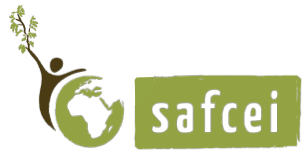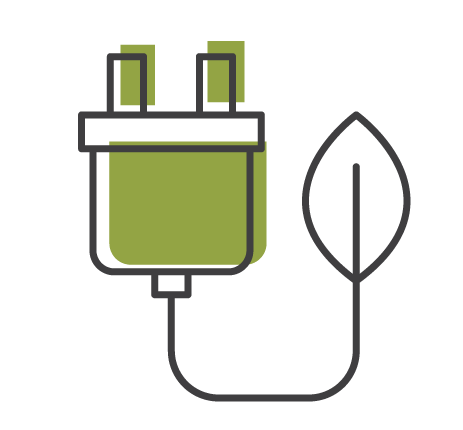SAFCEI opposes Eskom’s tariff increases
- Published:
Liz McDaid is representing SAFCEI at the NERSA hearings today. Read our press release below.
 Liz McDaid representing SAFCEI at the NERSA hearings, Tuesday 19th January 2016.
Liz McDaid representing SAFCEI at the NERSA hearings, Tuesday 19th January 2016.
In its submission to the National Energy Regulator (NERSA) hearings, SAFCEI has spoken out against Eskom’s proposed tariff increases.
 The Southern African Faith Communities’ Environment Institute (SAFCEI) submits that the current methodology that allows Eskom to recover any revenue shortfall from its consumers is fatally flawed.
The Southern African Faith Communities’ Environment Institute (SAFCEI) submits that the current methodology that allows Eskom to recover any revenue shortfall from its consumers is fatally flawed.
“Continuing with such a methodology will lead to a decrease in people with access to electricity and to increasing energy insecurity. In our view, this undermines the rationale for having a public electricity supplier” states Liziwe McDaid, SAFCEI’s Energy and Climate Change Programme Coordinator.
SAFCEI submits that raising electricity prices to enable Eskom to continue to operate its fleet in an inefficient manner is not prudent behaviour. By so doing, Eskom is putting a heavy burden on the poor and vulnerable who are struggling to pay for electricity, and further stressing businesses, particularly small businesses, in an economy that is not growing.
NERSA is supposed to judge the motivation for an electricity tariff increase on whether it is prudent, i.e. whether it is sensible, cautious and showing good judgement.
Eskom should be managed for the benefit of the people of South Africa, with its primary aim to provide electricity to the majority.
SAFCEI is asking NERSA to take responsibility and act in the public interest:
- NERSA should refuse to grant Eskom its tariff increase;
- NERSA should carry out its own analysis of Eskom’s application, which should be published;
- NERSA should direct Eskom to approach its shareholder in order to investigate alternative electricity service provision models that provide affordable and sustainable electricity services;
- NERSA should direct the DoE to revise the law to exclude profit-making as part of Eskom’s mandate.
“Power to the people means that Eskom should focus on providing an efficient and affordable electricity service, and not be used as an additional revenue collector for an increasingly economically burdened population” (Liziwe McDaid).
ENDS
ISSUED BY SAFCEI 19TH JANUARY 2016
For further information, please contact Liz McDaid
SAFCEI governance programme
Email: liziwe@mweb.co.za 0827315643
Briefing notes for Journalists:
Eskom has applied for an electricity tariff increase to recover revenue it failed to get from its electricity sales (known as Eskom’s Regulatory Clearing Account Application – third multi-year price determination (MYPD3 (year 1 (2013/14)).
SAFCEI is opposing this increase.
In SAFCEI’s submission, we have commented in depth on the Eskom document, but in our oral presentation we plan to focus on overarching issues of governance.
Process:
NERSA received the application from Eskom, and as per its rules it asked for public comment. However, the commenting period ran into the end of the year, which did not allow optimal time for consideration, particularly as Eskom’s application was over 200 pages.
SAFCEI recommends that NERSA take an internal policy decision to reject applications that will result in public comment periods falling in December. There is a precedent for this, in that the Department of Environmental Affairs does not allow public commenting on EIAs during the December festive season.
Why we oppose the increase?
NERSA is supposed to judge the motivation for an electricity tariff increase on whether it is prudent i.e. whether it is sensible, cautious and showing good judgement.
In our view, approving this increase would not be prudent, for the following reasons:
- According to the dictionary, prudent means sensible and cautious and exercising good judgement.
-
SAFCEI submits that raising electricity prices enables Eskom to continue to operate its fleet in an inefficient manner, and by so doing puts a heavy burden on the poor and vulnerable who are struggling to pay for electricity. Additionally, it is not prudent to stress businesses (particularly small ones) in an economy that is not growing.
-
In the third quarter of 2015 the economy grew 0.7%, narrowly avoiding recession (STATSSA http://www.statssa.gov.za/?cat=30). This is not an economic climate within which there is space to play with electricity pricing.
-
The table on pg. 25 of the Eskom RCA application provides some explanation for the variances in spending. However, given Eskom’s past history, prudent operating would have not assumed 82 to 83% energy availability factor (EAF), or new build commission that was over-optimistic. Also, if additional power had been saved through efficiency, less revenue would have been spent on expensive coal, diesel, etc., and thus it is difficult to see how these actions of Eskom are in any way prudent.
-
Eskom states in its application (pg. 51) that it failed to accurately establish revenue losses due to load shedding, but also states that “during load shedding only the energy portion of the revenue calculation will be lost and not the fixed charges and demand charges.” There is an argument to be made that NERSA should force Eskom to refund customers a portion of the fixed costs of their bills, as no service was supplied during load shedding. In section 5.6 (pg. 50), Eskom states that load shedding activities have negatively affected the Eskom energy sales consumption, and then goes on to state “Unfortunately, these impacts cannot be accurately determined as it was not actively measured”. This contradicts with the earlier statement… where Eskom claims it has not included such losses in its application (pg. 20). This is difficult to reconcile. How can Eskom exclude am amount of revenue from its application if it doesn’t know how much to exclude?
-
Coal and water: Eskom has admitted that although coal-fired electricity stations produced less electricity than planned, their water consumption per unit of electricity was higher (pg. 77). Given the state of water resources within the country, it can be anticipated that water use needs to be limited, and that prices of water will rise. How can we be sure that Eskom has adequately planned for such increases in the future?
-
In this application, Eskom states that less coal generation took place and therefore less environmental levy was incurred. However, the coal costs were higher than anticipated. In other words, they generated less electricity for higher cost. This points to poor management, and it is difficult to see how this is prudent behaviour.
-
Nuclear: According to Eskom, fuel management of spent fuel at Koeberg is to put some of the spent fuel in a transient, interim (dry) storage facility on the Koeberg site, which has now become a signification additional cost (pg. 76, 77). The associated cost increases are described as dramatic. How realistic are these cost estimates? How far is the construction of this storage facility? Can we be sure that storage costs will not continue to experience a “dramatic increase” in the future? What measures are in place to contain costs, while maintaining safety?
-
 Eskom continues to rely on a bottom up approach from a customer level to determine its sales volumes (pg. 43). Such an approach has clearly not worked since 2009, over six years ago. Good governance would dictate that if Eskom was to exert a wise and cautious approach to revenue projection, it would need to adjust its projections significantly downwards (figure 4, pg. 42).
Eskom continues to rely on a bottom up approach from a customer level to determine its sales volumes (pg. 43). Such an approach has clearly not worked since 2009, over six years ago. Good governance would dictate that if Eskom was to exert a wise and cautious approach to revenue projection, it would need to adjust its projections significantly downwards (figure 4, pg. 42). -
Eskom also underspent on its demand side management programmes and its energy efficiency programmes (R905m plus R316m (pg. 22)).
-
The people of South Africa are being taxed on our electricity to fill government coffers.
-
According to a presentation given to the Portfolio Committee on Energy, electricity prices have to rise before we build the nuclear reactors. In other words, electricity consumers will be forced to pay higher prices up front, so that government can save up money to build them. Nuclear reactors are the most expensive power generators, with significant potential for corruption.

-
If Eskom had not declared any profit (a reasonable action for a business, given that it has failed to generate enough revenue to cover its operational expenses), then according to the audited financial statement, in 2014, the amount available to use in operations would have been R5.4bn … now due to the owner of the company i.e. Dept. of Public Enterprises.
Instead, poor households and businesses are being asked to pay what is in effect a tax on electricity, to put money into government coffers – for what? To hand over to the Russian nuclear industry? In our view, this places an unacceptable burden on the South African public.
Governance issues:
The current overall methodology allows Eskom to regain revenue lost due to lower demand for electricity and lower economic growth. These trends are likely to continue, leading to a cycle of decreasing electricity sales and increasing electricity tariffs. It appears that there is a need to review the methodology, as in its current state there is no incentive for Eskom to apply its mind to solving the problem, as it can always rely on the RCA to bail it out.
In addition, SAFCEI believes that it is unethical for our core electricity provider (Eskom) to make a profit. This is just a hidden tax to government.
Conclusion:
Eskom must be refused its tariff increase and ordered to request from its shareholder the “profit” it paid to government last year.
NERSA should direct Eskom to approach its shareholder in order to investigate alternative electricity service provision models that provide affordable and sustainable electricity services.
Eskom should not be used for additional non-transparent, non-accountable tax collection.
NERSA should direct DoE to revise the law to exclude profit making at part of Eskom’s mandate.
Prepared by Liziwe McDaid for SAFCEI
14 January 2016
Who we are
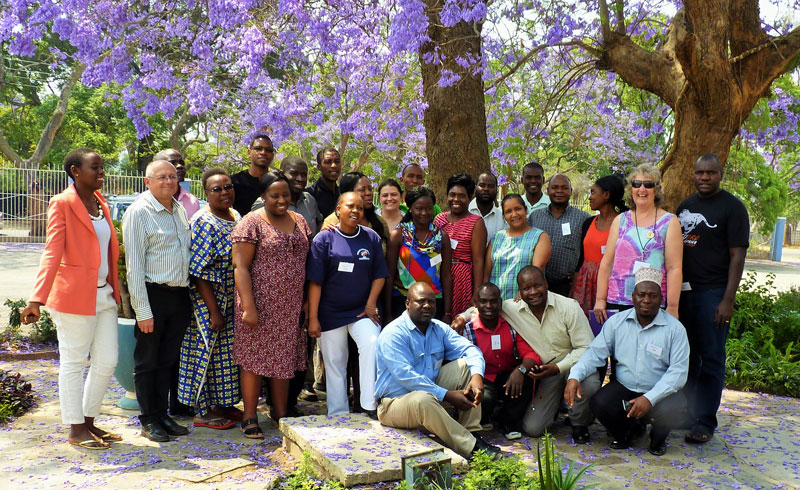
SAFCEI (Southern African Faith Communities’ Environment Institute) is a multi-faith organisation committed to supporting faith leaders and their communities in Southern Africa to increase awareness, understanding and action on eco-justice, sustainable living and climate change.
Featured Articles
-
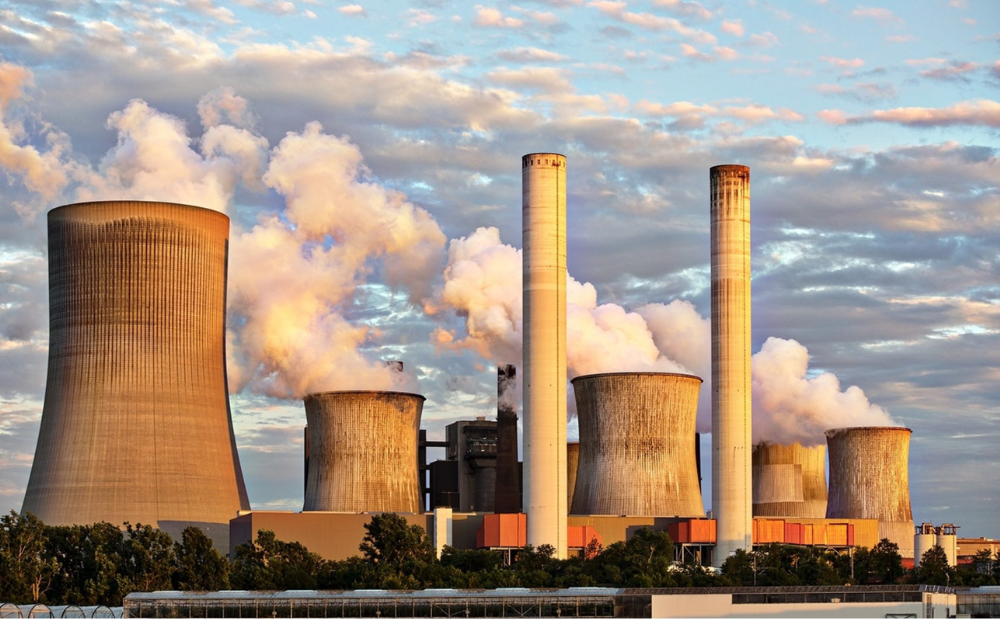
South Africa: Who Ends Up Paying If DMRE Cooks the Price of Nuclear Power?
-
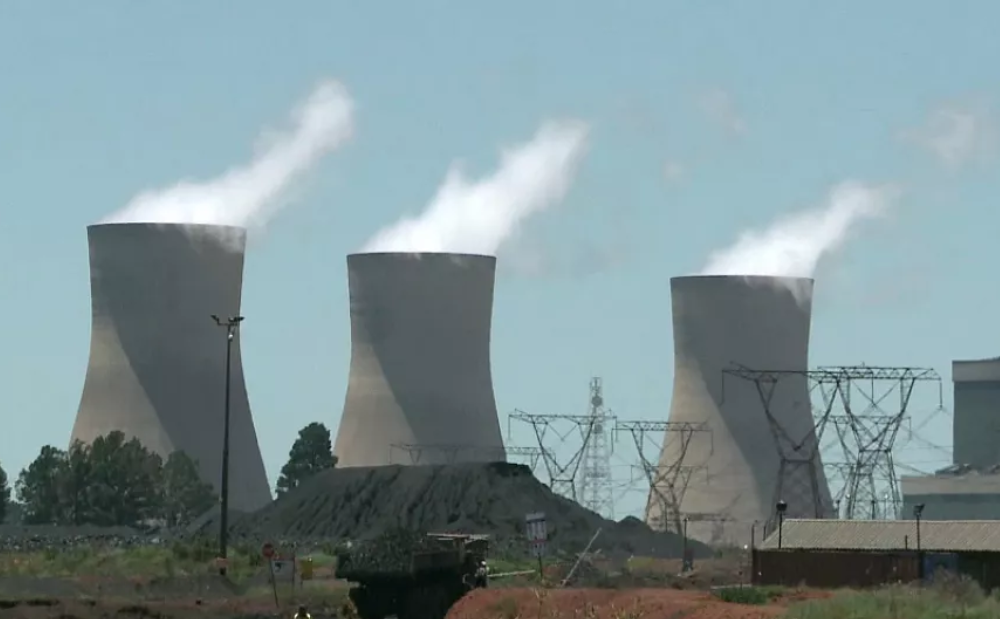
South Africa’s nuclear energy expansion plans continue to draw criticism, environmental NGOs chew over legal challenge
-

Earthlife Africa and SAFCEI respond to latest unsettling nuclear news regarding the ministerial determination
-
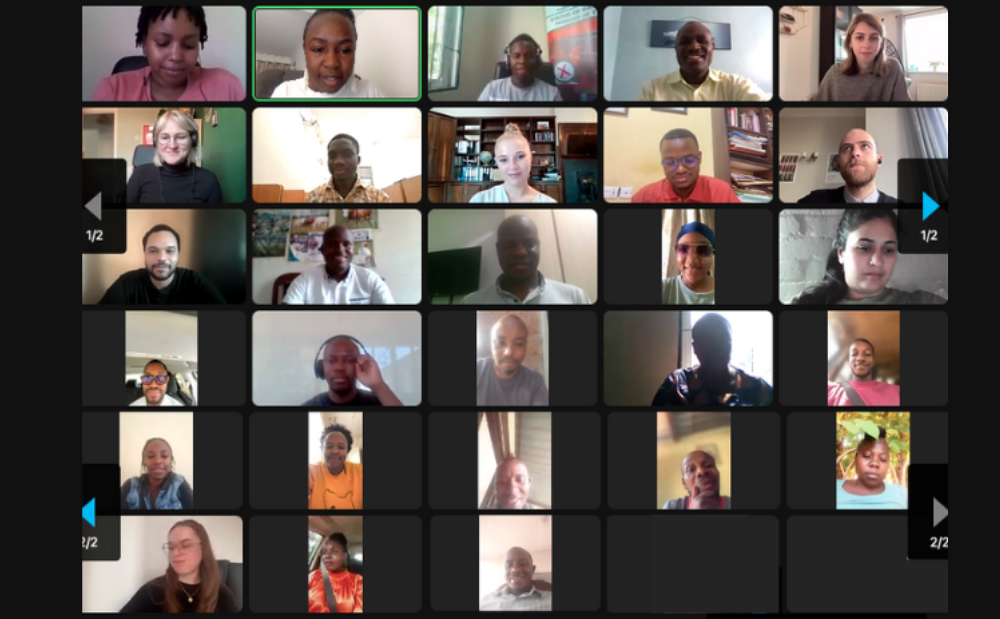
Open Wing Alliance Africa (Virtual) Summit 2023
-
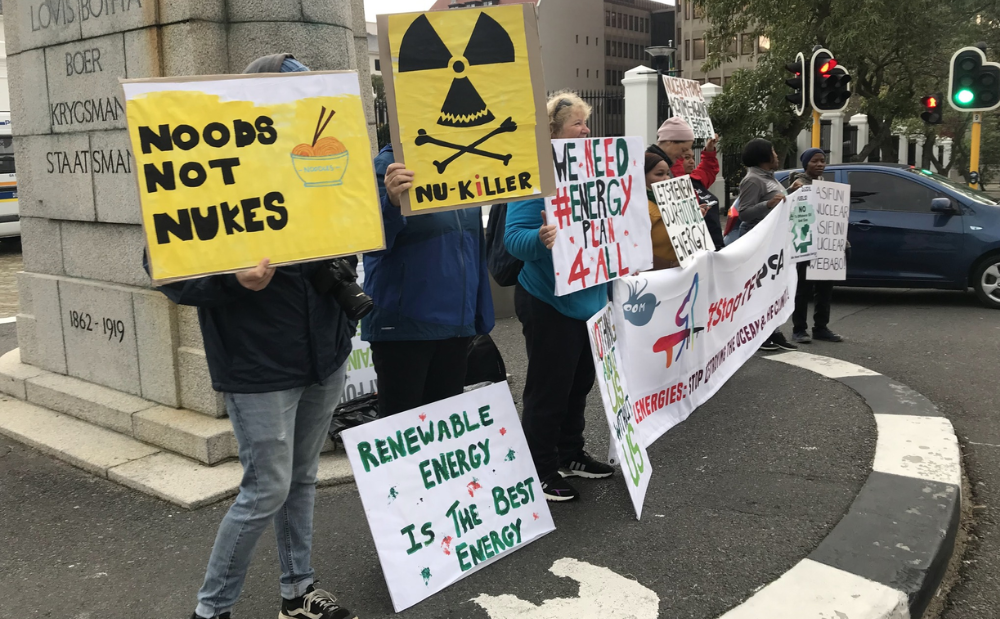
The Green Connection and SAFCEI respond to energy minister's divisive and deflecting comments
-

Job Vacancy: FLEAT Coordinator

